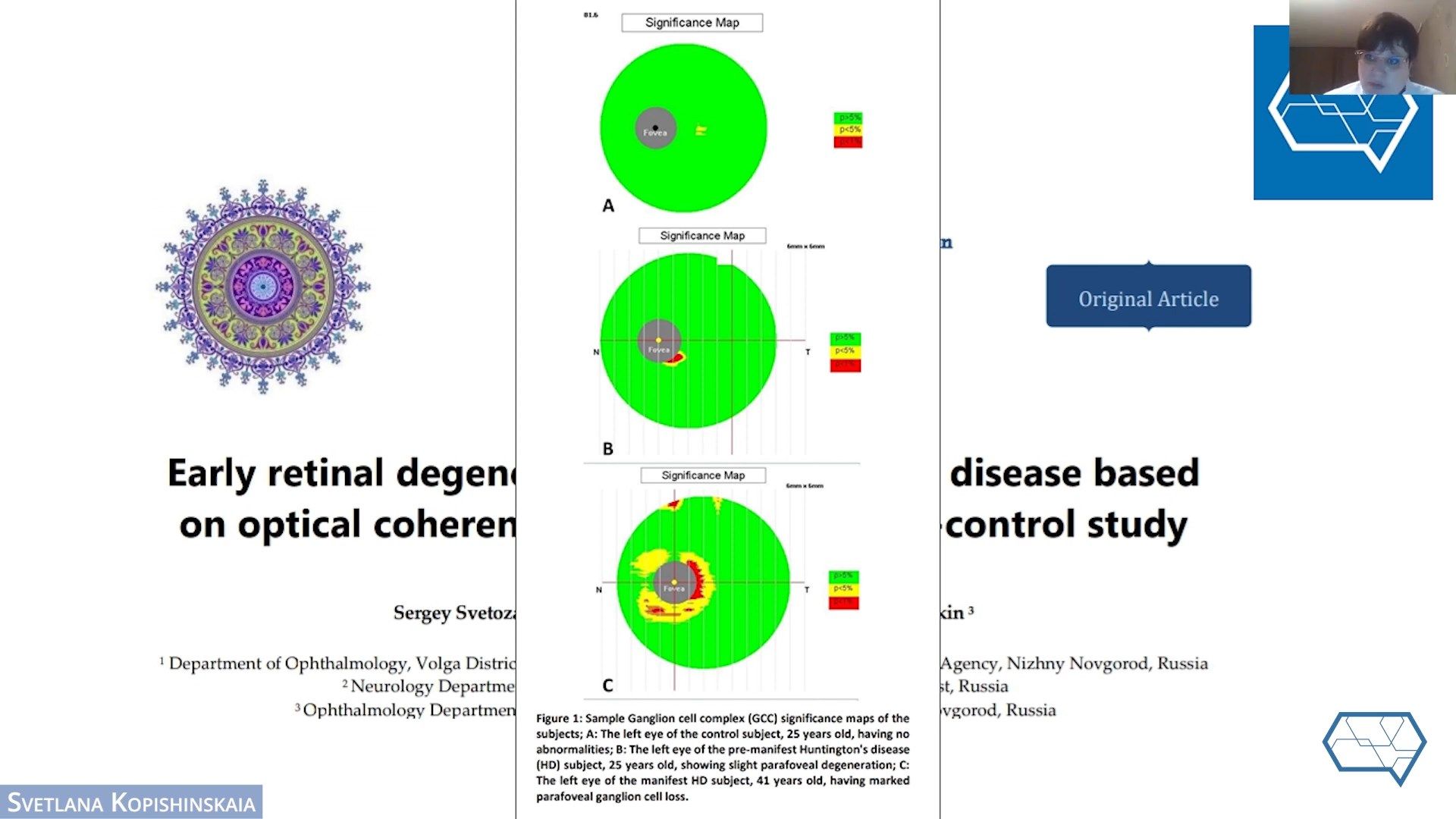03. Bipolar disorder and mixed states: what does the notion of mixity mean?
Bipolar disorder and mixed states: what does the notion of mixity mean?
Prof. Giuseppe Tavormina, MD, Psychiatry, Italy
President of Psychiatric Studies Centre, Italy
General Secretary of European Depression Association, Belgium
Senior Research Fellow of BCMHR in collaboration with University of Cambridge, UK
Bipolar disorder and mixed states: what does the notion of mixity mean?
Abstract:
The notion of “mixity” of the dysphoric phases of the bipolarity includes the most insidious symptoms of the bipolar spectrum of mood disorders (Akiskal H, 2005): the overlapping between depression-restlessness-irritability-grief-tension-anxiety can cause worsening of the mood disorders and in the most acute phases may cause increased risk of major behavioural disruption including murder and suicide. The “mixity” is a dynamic notion describing the presence of overlapping symptoms of mixed states, in a increasing intensity level (Tavormina G, 2016 – Tavormina G, 2019). The early utilization of the rating scale on mixed states, “GT-MSRS”, which can demonstrate the level of “mixity” of the mood disorder, can prevent this (Tavormina G, 2014; Tavormina G, 2015). Very often patients with bipolar disorders received a correct diagnosis after on average 25 years of illness. (Akiskal-Benazzi, 2005; McCombs JS et al, 2007; Tavormina G, 2018); the clinicians find great difficulty in making a correct diagnosis of the mood disorders which they are assessing, above all when mixed states are present (Tavormina G, 2018). Mixed states occur in an average of 40% of bipolar patients over a lifetime (Akiskal H et al, 2000); when considering bipolarity the notion of the “mixity” becomes the conceptual reference point of the diagnostic process (Tavormina G, 2019).
















